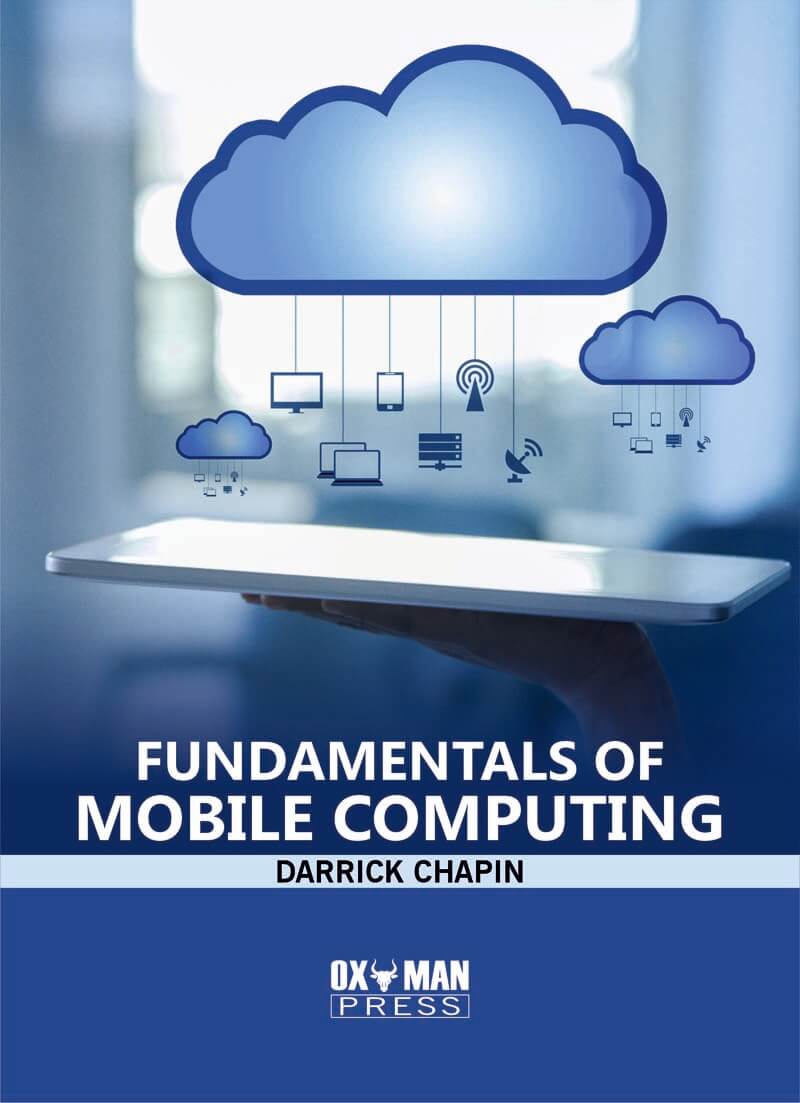Fundamentals Of Mobile Computing
| ISBN | 9781778807646 |
|---|---|
| Author | Darrick Chapin |
| Publisher | OXMAN PRESS |
| Publication Year | 2023 |
| Category | Computer Science & Information Technology |
| Price | $184.00 |
Darrick Chapin is an associate professor in the computing technology department for many years, during which time he has instructed many students in the areas of database management, computer networking, and computer hardware and software. He has written over ten best-selling textbooks for Course Technology, giving him a wealth of experience and expertise to draw upon. He holds a baccalaureate, master's, and doctoral degree in computer science. In addition to being an expert in HTML, XML, and other Web technologies, he is also an instructional designer and technical trainer. Thousands of New England-based IT workers have benefited from his expertise in teaching them markup languages and Web design.
